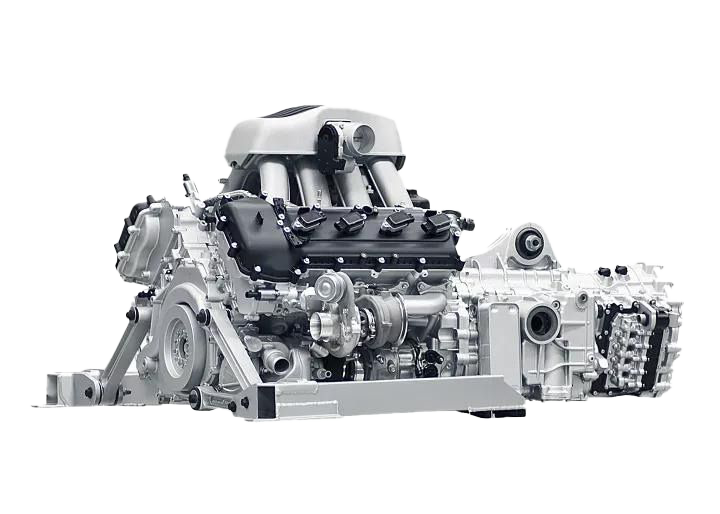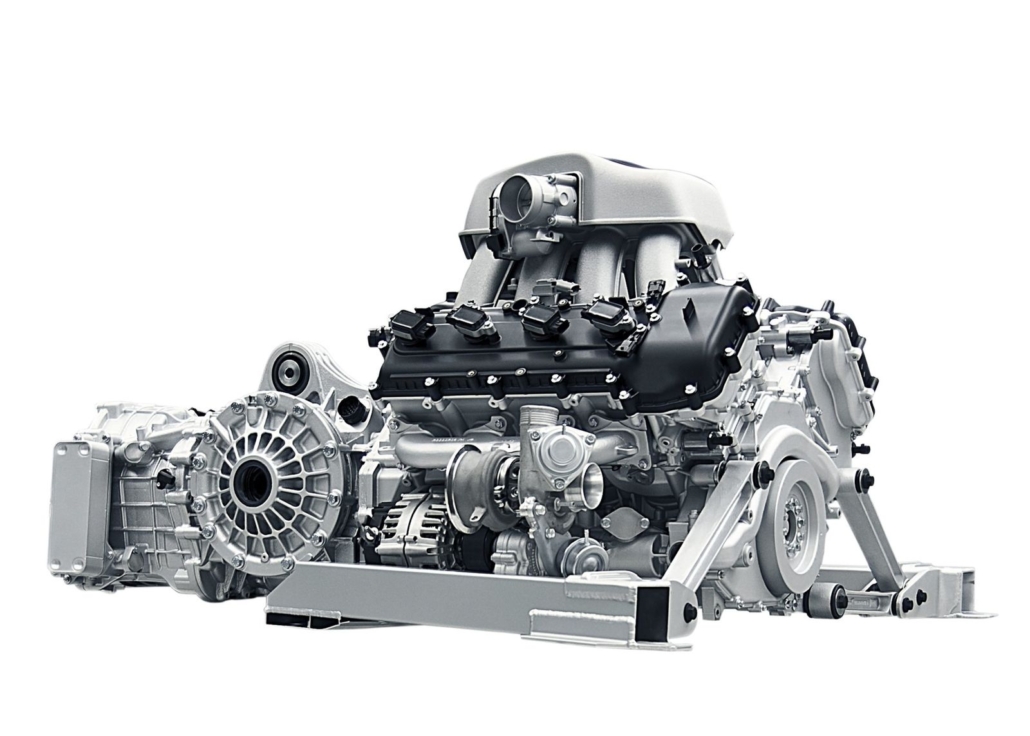Navigating the Evolution of McLaren Road Car Engines: Triumphs and Trials
In the dynamic world of high-performance road cars, McLaren has emerged as a beacon of precision, innovation, and speed. At the heart of every McLaren road car lies an intricately designed engine, a powerhouse that has evolved over the years to redefine automotive engineering. This blog post delves into the captivating history and development of McLaren road car engines, exploring their evolution from the early days to the cutting-edge powerplants of today, while also examining some of the known faults that have emerged along the way.
The Early Years:
McLaren’s road car journey commenced in the early 1990s with the legendary McLaren F1. Released in 1992, the F1 dazzled the automotive world with its unmatched performance and engineering brilliance. Powering this icon was the BMW-built 6.1-liter V12 engine, generating an impressive 627 horsepower. While the F1 set new benchmarks, it also encountered early teething issues, including concerns related to the engine’s cooling system.
The MP4-12C and the Birth of the M838T Engine:
The transformative chapter for McLaren’s road car engines unfolded with the introduction of the MP4-12C in 2011. This marked the debut of the M838T engine, a 3.8-liter twin-turbocharged V8 that showcased McLaren’s dedication to lightweight design and efficiency. Despite the engine’s initial acclaim, some early adopters experienced teething problems, with reports of electronic glitches and software-related issues that required swift interventions from McLaren’s engineering team.
Innovation on the Track: McLaren P1 and the Hybrid Era:
McLaren’s venture into hybrid technology took center stage with the groundbreaking P1, unveiled in 2013. The P1 featured a hybrid powertrain blending a 3.8-liter twin-turbocharged V8 engine with an electric motor, resulting in a combined output of 903 horsepower. While the P1 marked a milestone, it also faced challenges, including concerns related to the complexity of the hybrid system and potential maintenance issues.
Evolution of the M840T Engine:
The M840T engine series, introduced with the 720S in 2017, represents the zenith of McLaren’s road car engine development. This 4.0-liter twin-turbocharged V8 engine is a masterclass in performance, boasting upwards of 700 horsepower. Despite its prowess, some owners reported issues related to overheating and, in rare cases, engine misfires, prompting McLaren to address these concerns through software updates and enhanced cooling solutions.
Looking Forward: The Art of Engine Development:
As McLaren looks towards the future, the brand’s commitment to cutting-edge engine development remains steadfast. With advancements in electric and hybrid technologies, McLaren is set to redefine the landscape of high-performance road cars. The Artura, McLaren’s inaugural series-production hybrid supercar, stands as a testament to the brand’s evolution, signaling a new era of sustainable performance, with lessons learned from past faults guiding the way forward.
Conclusion:
From the iconic McLaren F1 to the latest hybrid marvels, the evolution of McLaren road car engines is a saga of relentless innovation and adaptability. Each engine represents a chapter in the brand’s journey, leaving an indelible mark on the automotive world. As McLaren continues to push the envelope of performance and sustainability, enthusiasts eagerly anticipate the next chapter, hoping for a seamless blend of triumphs and lessons learned from past faults.
M838T Technical Specification
| Manufacturer | McLaren & Ricardo PLC |
|---|---|
| Production | 2011-2021 |
| Layout | |
| Configuration | 90° flat-plane V8 |
| Displacement | 3.8 L; 231.8 cu in (3,799 cc) |
| Cylinder bore | 93 mm (3.66 in) |
| Piston stroke | 69.9 mm (2.75 in) |
| Valvetrain | DOHC 4 valves x cylinder. |
| RPM range | |
| Max. engine speed | 8500 |
| Combustion | |
| Turbocharger | MHI Twin-turbo with intercooler |
| Fuel system | Fuel injection |
| Fuel type | Petrol |
| Cooling system | Water-cooled |
| Output | |
| Power output | 500–800 PS (493–789 bhp; 368–588 kW) |
| Torque output | 540–720 N⋅m (398–531 lb⋅ft) |
| Dimensions | |
| Dry weight | 199 kg (439 lb) |


